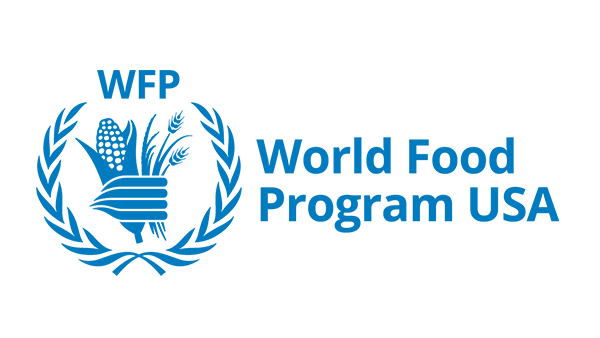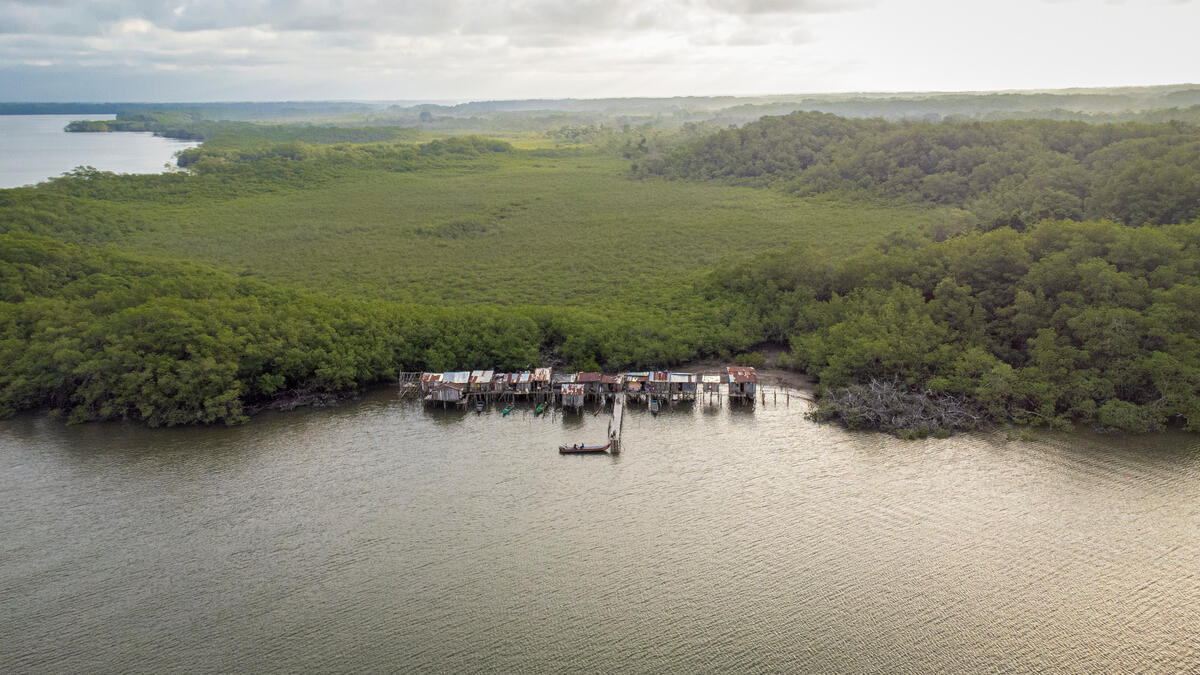
ECUADOR:
Where Disaster Looms
Ecuador is developing – but it’s highly prone to natural disasters, resulting in loss of life, livelihoods and infrastructure. WFP is on the ground, working with the government and communities to boost capacity to take on devastating climate shocks – and more.
population of Ecuador
of the rural population lives below the poverty line
of children under 1 suffer from anaemia
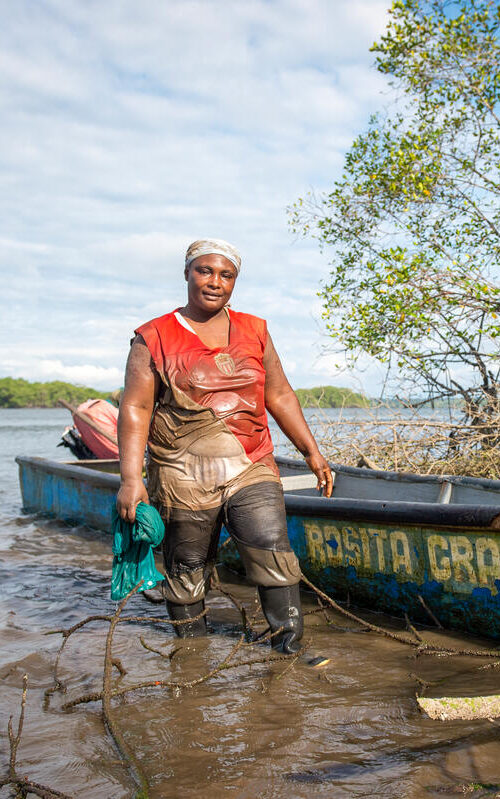
Growth in the face of climate shocks
In recent years Ecuador has seen a growth in its GDP, resulting in declining poverty levels and increased investments in social policies, infrastructure, health and education. However, the current economic slowdown, driven by declining oil prices and other factors, may undermine this positive trend.
Ecuador is also highly prone to natural disasters that can devastate communities, livelihoods and infrastructure. In April 2016, a devastating earthquake struck the northern coast, and reconstruction costs were estimated at nearly 3 percent of the GDP.
Vulnerability to natural disasters, soil erosion, environmental degradation and climate change threaten the sustainability of food systems. For these reasons, strengthening preparedness and response mechanisms, as well as enhancing the resilience of communities and individuals to adverse events, is an area of growing interest for the World Food Programme (WFP) and the Government.I i
WFP’s Work in ECUADOR
Since we first started our work in Ecuador in 1964, our role has changed considerably: from the delivery of programs like school meals to an increasingly advisory role, providing the Government of Ecuador with technical and policy support.

We’re providing emergency food assistance to more than 280,000 refugees, displaced people, migrants, returnees and other vulnerable Ecuadorians to purchase fresh and nutritious products. And as part of the COVID-19 crisis response, WFP has been supporting the Government’s social protection program through cash-based transfers (CBT) which focuses in Ecuadorian families severely affected by the pandemic, prioritizing households with pregnant and lactating women and children under five years old.


We connect smallholder farmers to national and local markets and procurement systems linked to social protection schemes, so that they can provide fresh, nutritious food for WFP’s programs such as the school meals initiative. Farmers’ organizations receive technical assistance and capacity building. As women farmers, especially indigenous ones, face particular challenges, WFP prioritizes organizations with a majority of women members, and with women in leadership positions.

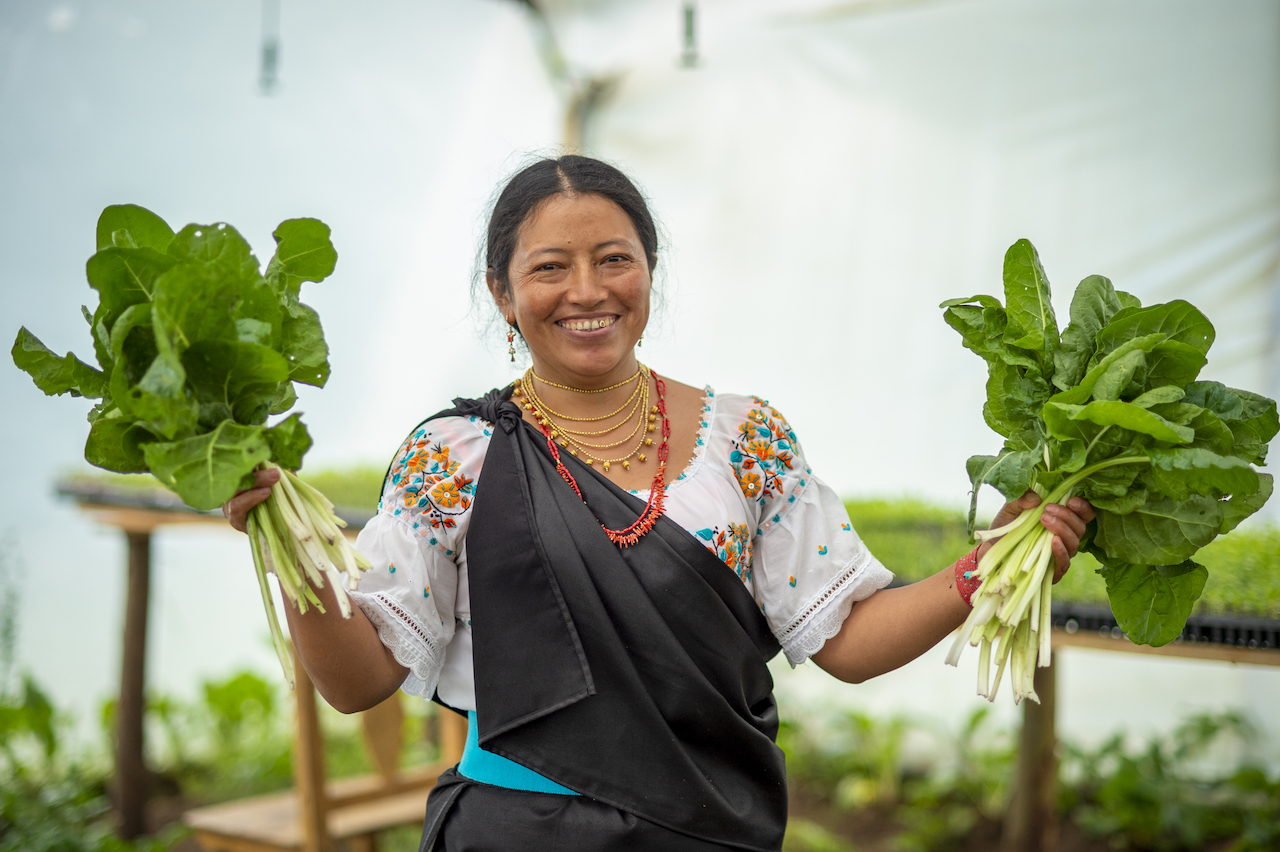
We’re working with the Government to develop and strengthen systems for early warning, emergency preparedness and response. WFP also works with the Government to enhance the capacities of national and local institutions, vulnerable communities and individuals, to respond and adapt to the adverse effects of climate change. Adaptation activities are accompanied by nutritional and technical trainings.


WFP provides advice and support to national and local institutions, including to social protection systems, in order to reduce food insecurity and malnutrition by 2021. This includes promoting and disseminating studies, research and assessments to improve the implementation of programs linked to food security and nutrition, and to encourage the sharing of experiences and best practices through South-South cooperation.

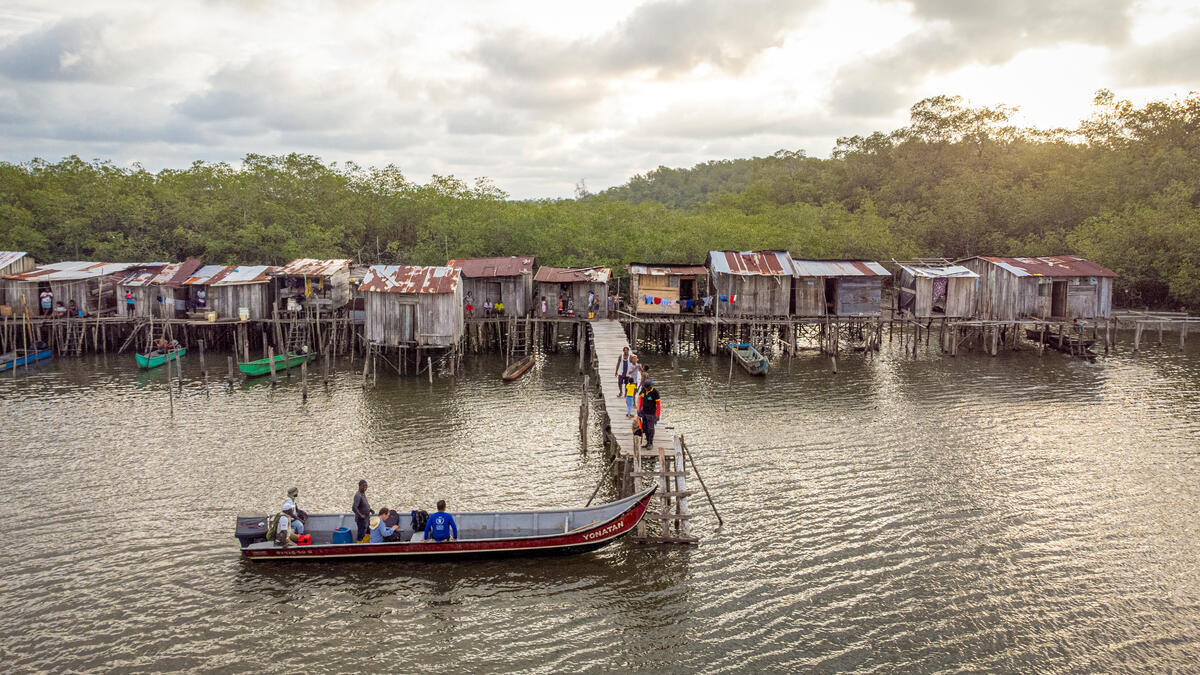
And we provide technical assistance and logistic service provision to the humanitarian partners and public entities in order to improve emergency logistics coordination and supply chain management. Additionally, WPF as the leader of logistics in the Country Humanitarian Team establishes coordination for emergency preparedness with partners. WFP´s aim is to ensure that affected populations benefit from logistics support that is offered to national disaster management cells, and other humanitarian partners, in order to receive timely life-saving assistance. In 2021, WFP transported medical supplies and equipment as part of the COVID-19 response.

Help Save Lives by Sending Food
You can help deliver food to vulnerable populations in Ecuador and other countries by donating to WFP.
What’s happening in ECUADOR?
Read the latest stories of hunger and hope.
